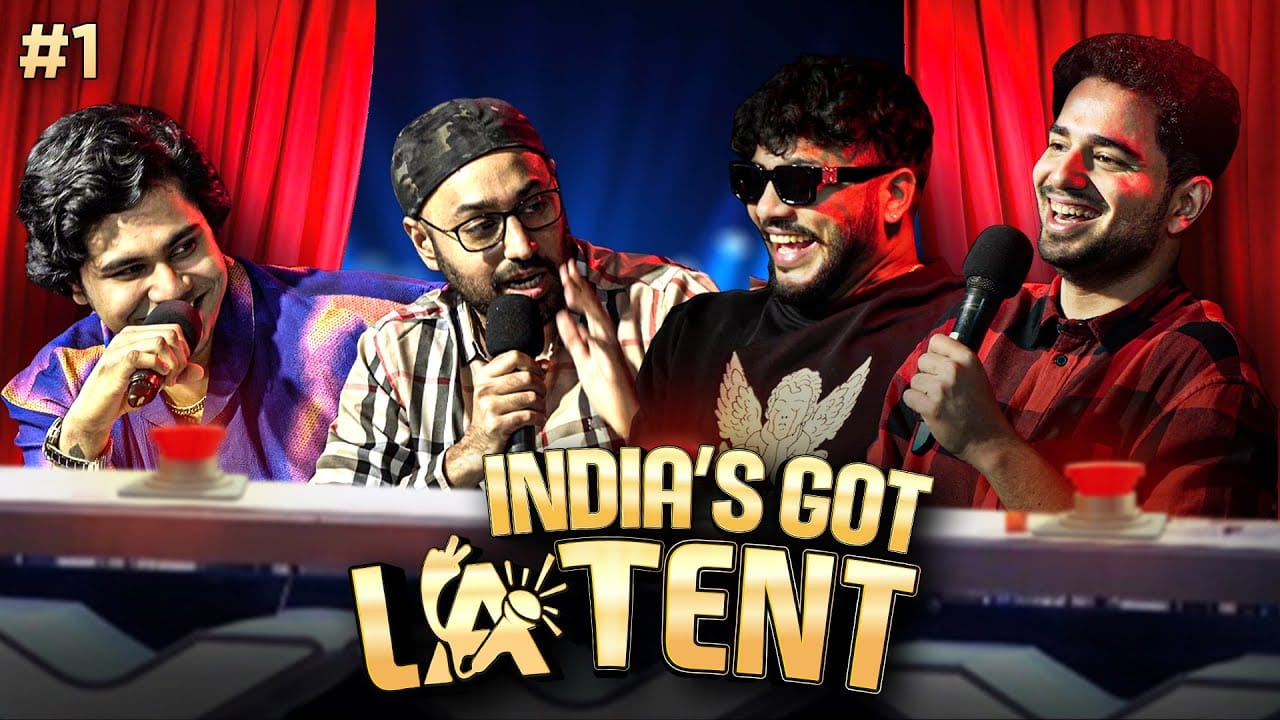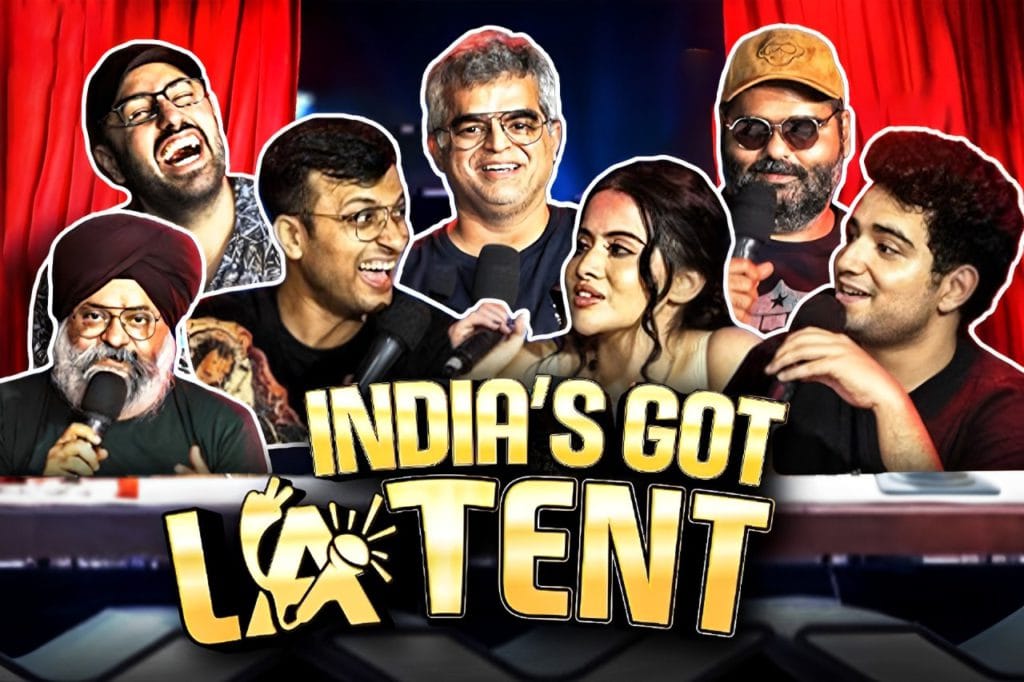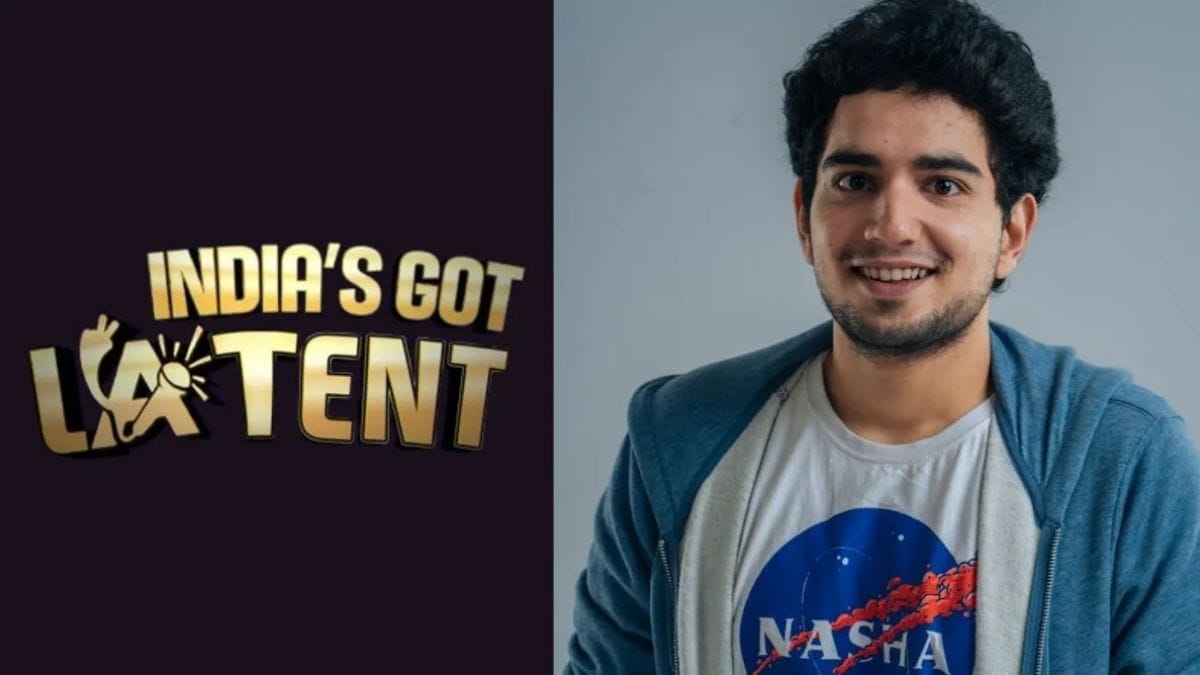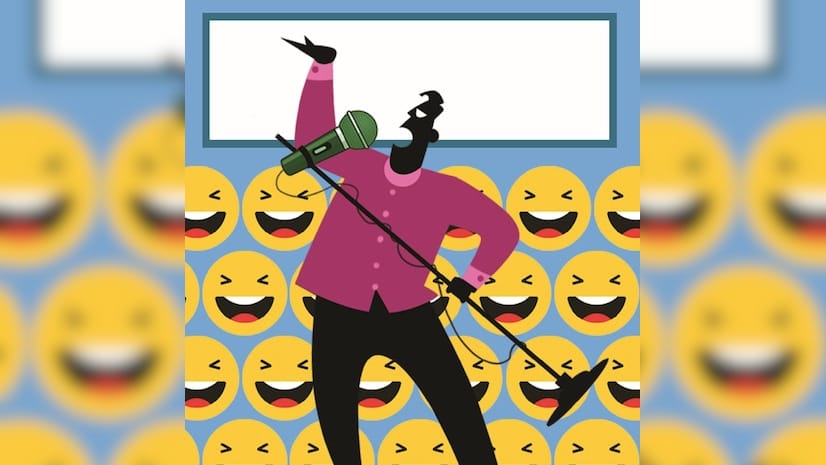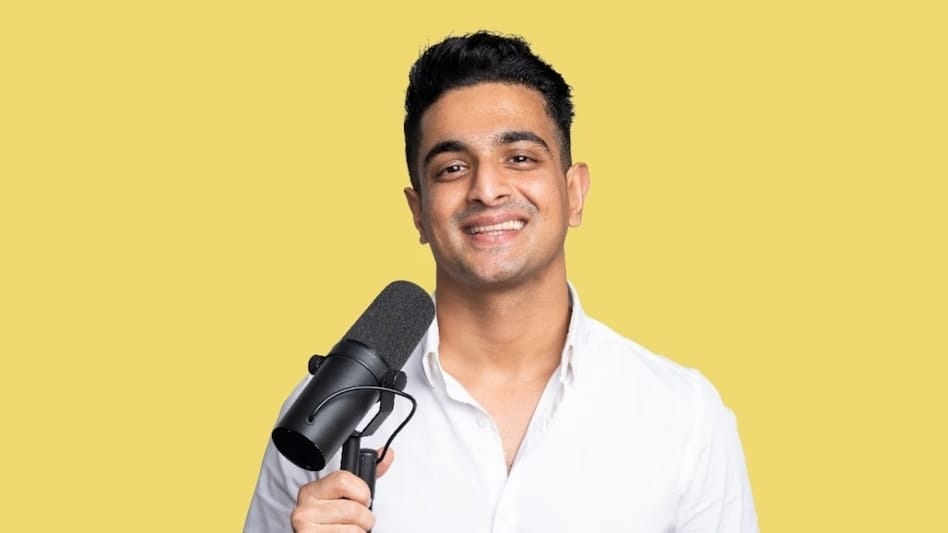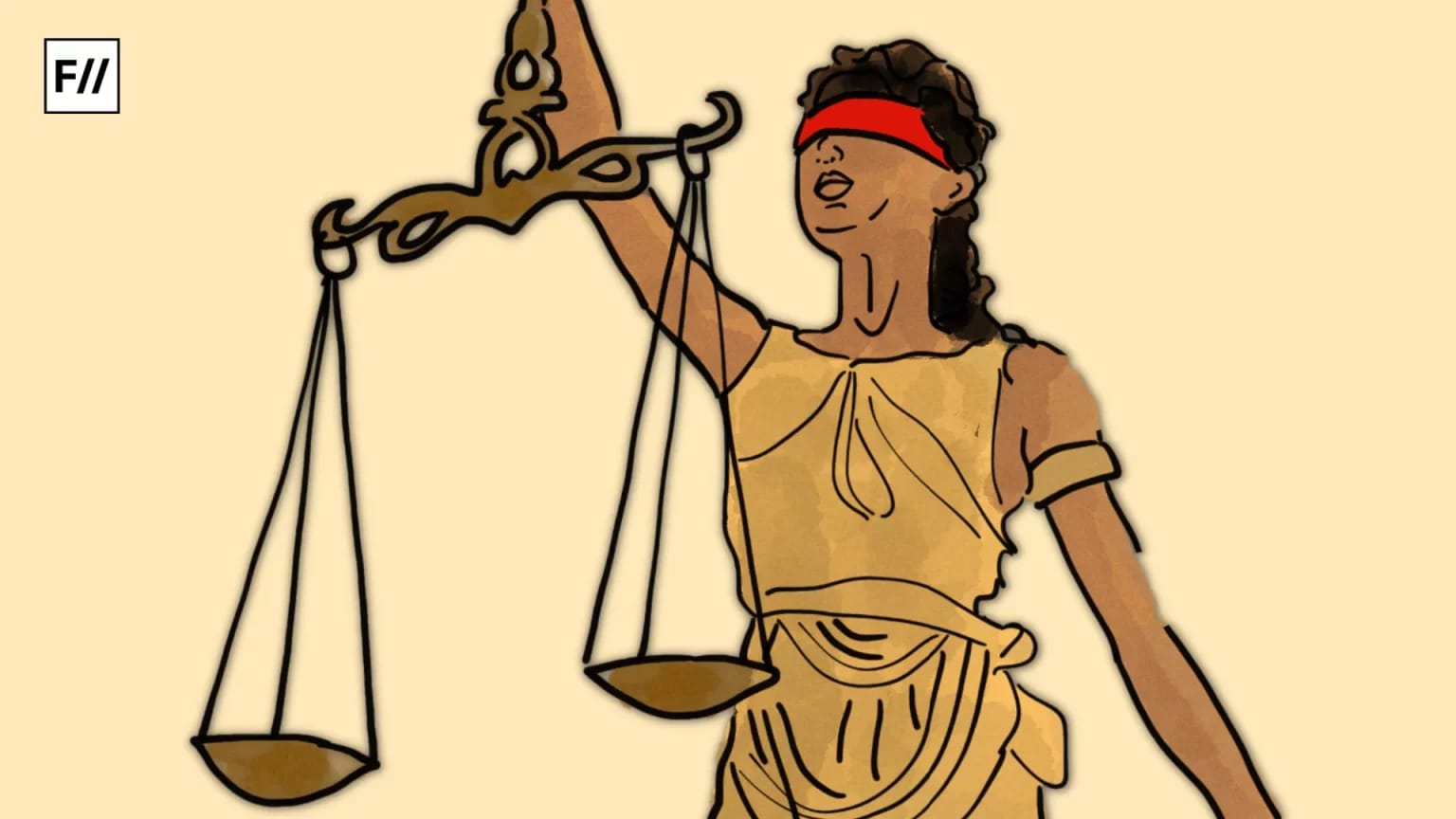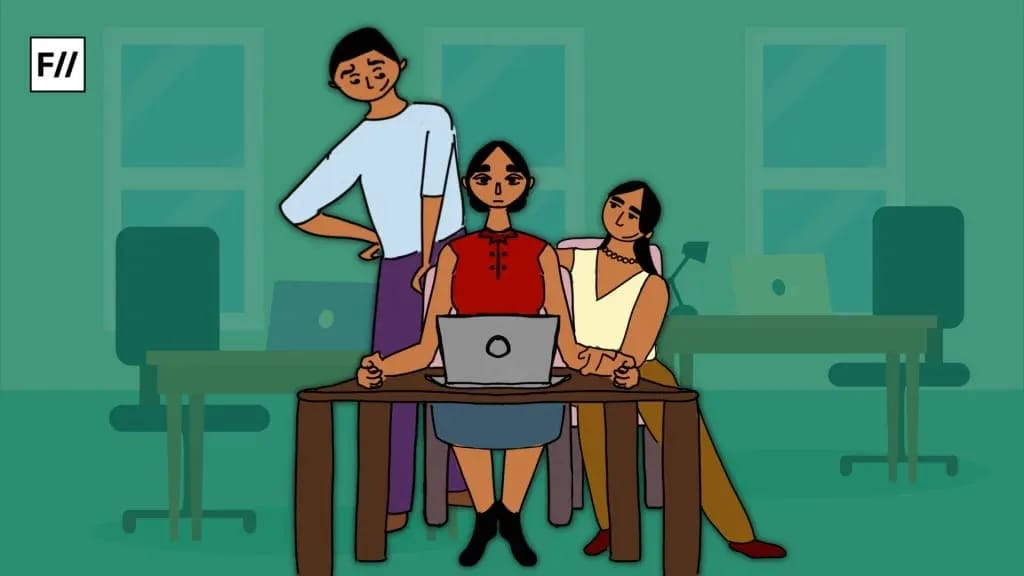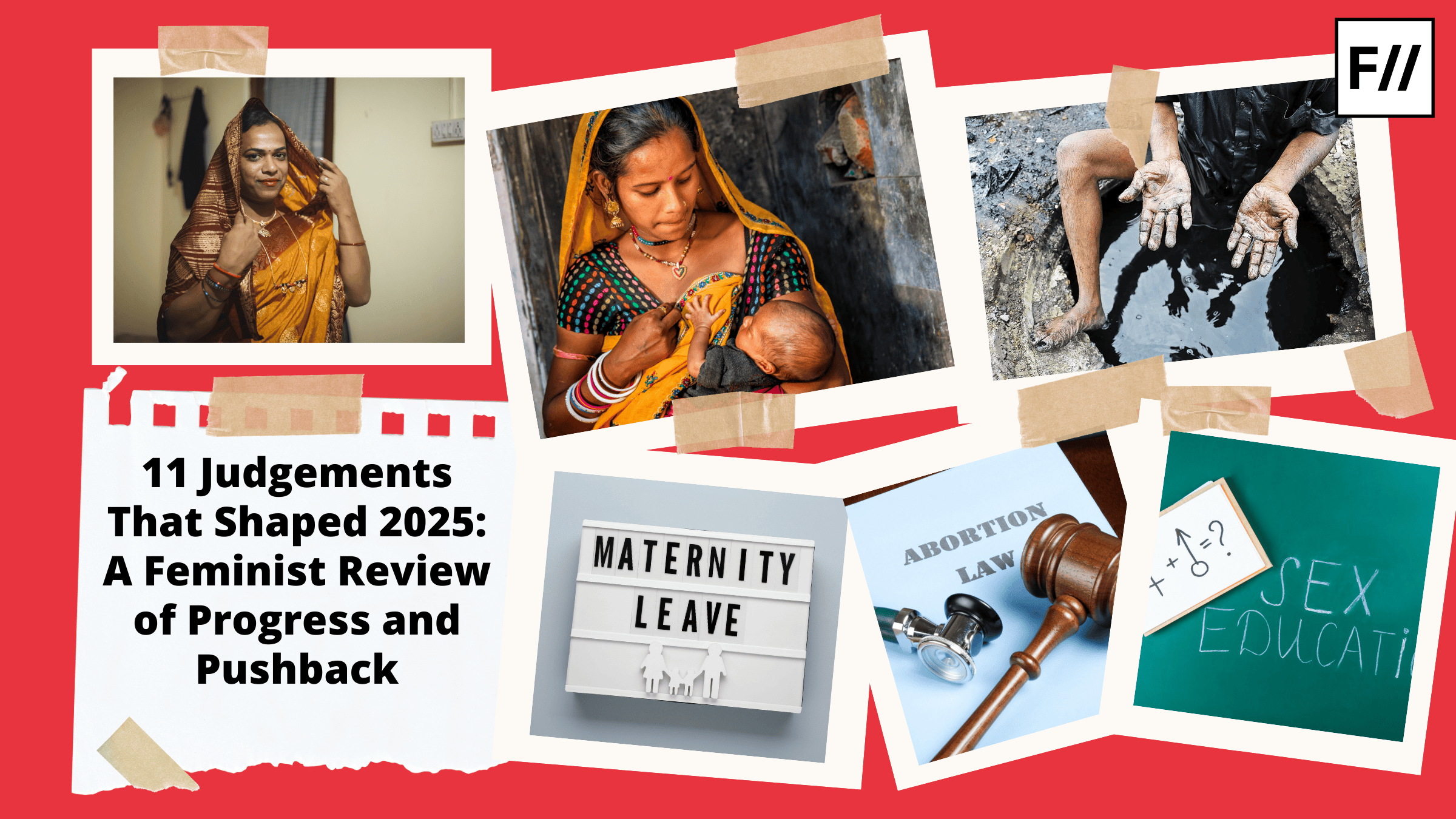Recently, the roast comedy show India’s Got Latent, hosted by comedian Samay Raina, has been making headlines for one of its videos featuring famous YouTubers and comedians Ranveer Allahbadia (aka BeerBiceps), Apoorva Mukhija, Ashish Chanchlani, and Jaspreet Singh as panellists. Multiple FIRs have been registered against the panellists, organisers, and even the audience after a controversy erupted over a segment in which Ranveer Allahbadia, made a joke about parents and sex that was considered obscene. The National Commission for Women later summoned Ranveer and Samay after FIRs were registered against them in Maharastra and Assam.
The National Commission for Women later summoned Ranveer and Samay after FIRs were registered against them in Maharastra and Assam.
The controversy escalated so quickly that several high-ranking politicians started commenting on the issue. Maharashtra Chief Minister Devendra Fadnavis said he had ‘come to know that it was a very vulgar video.’ He also said anyone who ‘crosses the limits of decency‘ will face action.
The Supreme Court on February 18 expressed displeasure and criticised Ranveer Allahbadia on grounds of being obscene: ‘The words you have used will make daughters, sisters, parents and even the society feel ashamed. It shows a perverted mind. If this is not obscenity, what is it?‘ The Court also banned the telecast of any further episodes of the show until further notice.
This sparked a debate on the limits on freedom of speech in India. This is not the first time an art form is banned in the name of “morality and decency”. In 1996, famous artist M F Husain, who was honoured with many prestigious awards including the Padma Shri and was one of the highest-paid painters of that time, had to leave India after he faced several legal cases and death threats as a radical Hindu group accused his paintings to be anti-Hindu. In 2015, FIR and legal cases were registered against more than 40 individuals who were part of a roast show ‘AIB Knockout’ including celebrities like Deepika Padukone, Ranveer Singh, Arjun Kapoor, Karan Johar etc. for the obscene remarks.
The Indian legal system and obscenity
Article 19 of the Indian Constitution protects the right of freedom of expression of the people with ‘reasonable restrictions‘ in the interests of the sovereignty and integrity of India, the security of the State, friendly relations with foreign States, public order and decency or morality.
Section 294 of the Bhartiya Nyay Sanhita (BNS) details the punishment for cases dealing with import, sale, advertisement, or profit from obscene material. This material is described as ‘lascivious or appeals to the prurient interest‘. Punishment in cases of obscenity ranges from jail up to two years and a fine of up to rupees 5000 for first-time offenders.
Section 294 of the Bhartiya Nyay Sanhita (BNS) details the punishment for cases dealing with import, sale, advertisement, or profit from obscene material.
The transmission or publication of obscene material online under the same parameters is also punishable under section 67 of the Information Technology Act, 2000. The penalty in such cases could be up to three years or up to five lakhs for a first-time offence.
Even though the aforementioned laws set out the punishment for such offences, they still lack a clear and coherent understanding of the term “Obscenity”. What can be considered obscene is, therefore, not predetermined and constantly evolves, subject to the judiciary’s interpretation.
What is obscene?
Definitions of obscenity are too vague to be developed as a uniform legal standard. According to Supreme Court lawyer Alpana Poddar, ‘it depends on facts of the case, as we do not have any clear cut definition.‘ Former MP RK Anand says that obscenity can be a wide concept as, what was considered obscene 20 years before, may not be considered obscene now.
For a long time, the judiciary in India employed the Hicklin test, which was established by English law after the Regina vs. Hicklin (1868) case. This case defined anything as obscene if it has the potential to deprave and corrupt the minds of those who are open to such influences. However, the Supreme Court discontinued this norm in 2014, owing to the contextuality in which each case should be placed.
The primary question that arises in such instances is the extent to which the law or judicial system can be entrusted with defining morality in a highly emotive and diverse state like India. Morality is not just about actions but also about perceptions, which are often subject to change.
Morality is not just about actions but also about perceptions, which are often subject to change.
The argument about whether art is supposed to enrich our morality and expand our imagination and cultural understanding will be tested to judge whether immersion in any art form will necessarily make people better individuals and citizens. This becomes even more convoluted in the virtual world. While an acknowledgement of moral harm as a real evil is necessary, the issue is the extent to which law can be used to define a legal standard of morality.
Legal standards around obscenity would be vague and subjective, leading to an arbitrary enforcement of the law. This could in effect create a sense of uncertainty and vulnerability amongst individuals and businesses that operate online in the creator economy as they would be functioning in constant fear of being prosecuted for creating obscene content.
The arbitrariness of the law has the potential to destroy the assets of businesses on the grounds of being deemed obscene by some courts or jurisdictions. An outright censorship of “immoral” content not only gives the government a significant amount of power over the kind of content that is considered palatable but also takes away an individual’s capacity to decide what kind of content they wish to consume.
The issue and concerns of censoring “immoral” and “obscene” content, although still justifiable on some grounds are nevertheless more suitable for children as they are more vulnerable to moral harm and as they lack the maturity and rationality to critically assess what is best for them.
The issue and concerns of censoring “immoral” and “obscene” content, although still justifiable on some grounds are nevertheless more suitable for children as they are more vulnerable to moral harm and as they lack the maturity and rationality to critically assess what is best for them. Hence, there is a need for parental control. Conversely, adults, possess the reasonability and sanity to judge the criticality of such material. The state therefore shall not indulge in moral policing and patronise adults by imposing censorship and limitations.
Feasibility in question
In the past decade, the Indian Internet and Social media have witnessed a tremendous rise in the content creation sector. Its huge volume makes it practically impossible for governments to monitor everything available online. This is evident in the ‘India’s Got Latent’ case. The joke made by BeerBicep which led to the controversy followed by a legal consequence had been used on multiple occasions on social media in past. Yet this was the only time that the joke witnessed a disproportionate amount of backlash due to the show’s massive popularity.
This raises a serious question for those who think moral harm needs to be the grounds for legal action. At the level of popularity, the content becomes objectionable and is considered obscene. There are countless videos, songs and films available online that could be scrutinised under similar standards, yet they remain outside the purview of mainstream discourse, simply because of lesser popularity.
The potential for abuse presented by advanced social media surveillance is serious in both authoritarian and democratic regimes alike. According to a report published by Freedom House in 2019, more than 70 per cent of 65 countries surveyed featured arrests of users for political, social, or religious speech. The slightest mistake or ignorance in monitoring online activities for undesirable or illegal speech will undoubtedly lead to more arrests, especially in countries that lack strong protections for free expression. Also, designing and regulating such operations to identify and remove such content can be misused to stifle democracy and movements and promote authoritarian tendencies.
According to a report published by Freedom House in 2019, more than 70 per cent of 65 countries surveyed featured arrests of users for political, social, or religious speech.
Many people on social media are also raising concerns about governments’ imposition of strict censorship on sexually explicit material which is quite inconsistent with the state’s inherent lax attitude towards violence, sexism, and religious extremism of similar or even heightened nature in media.
While the conversation around morality and obscene content online is still a valid argument, the extent to which the judiciary or any other institution of state shall have authority to define collective morality is something that needs to be assessed, especially in the present time when the lines between real and virtual world are becoming increasingly blurred.
